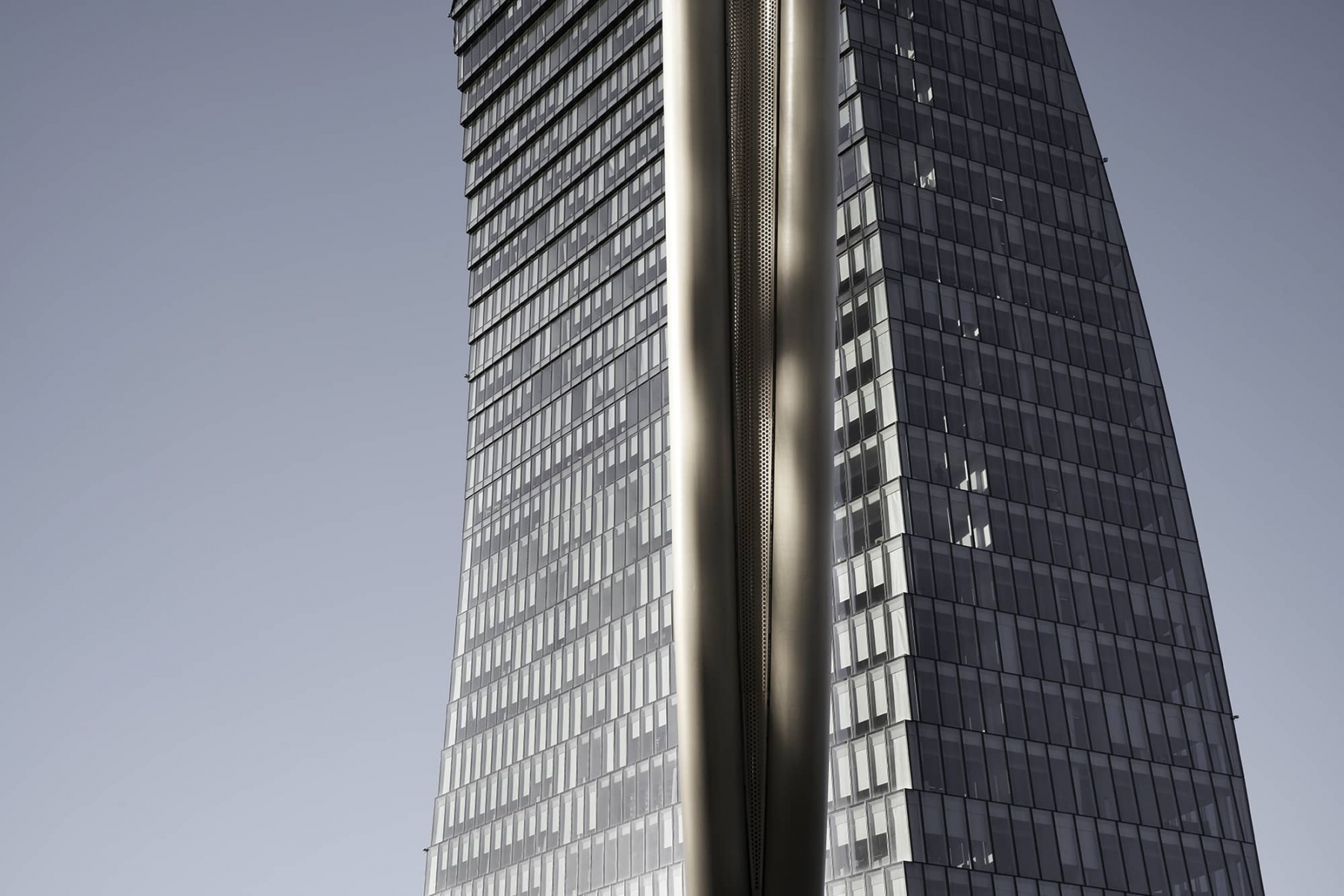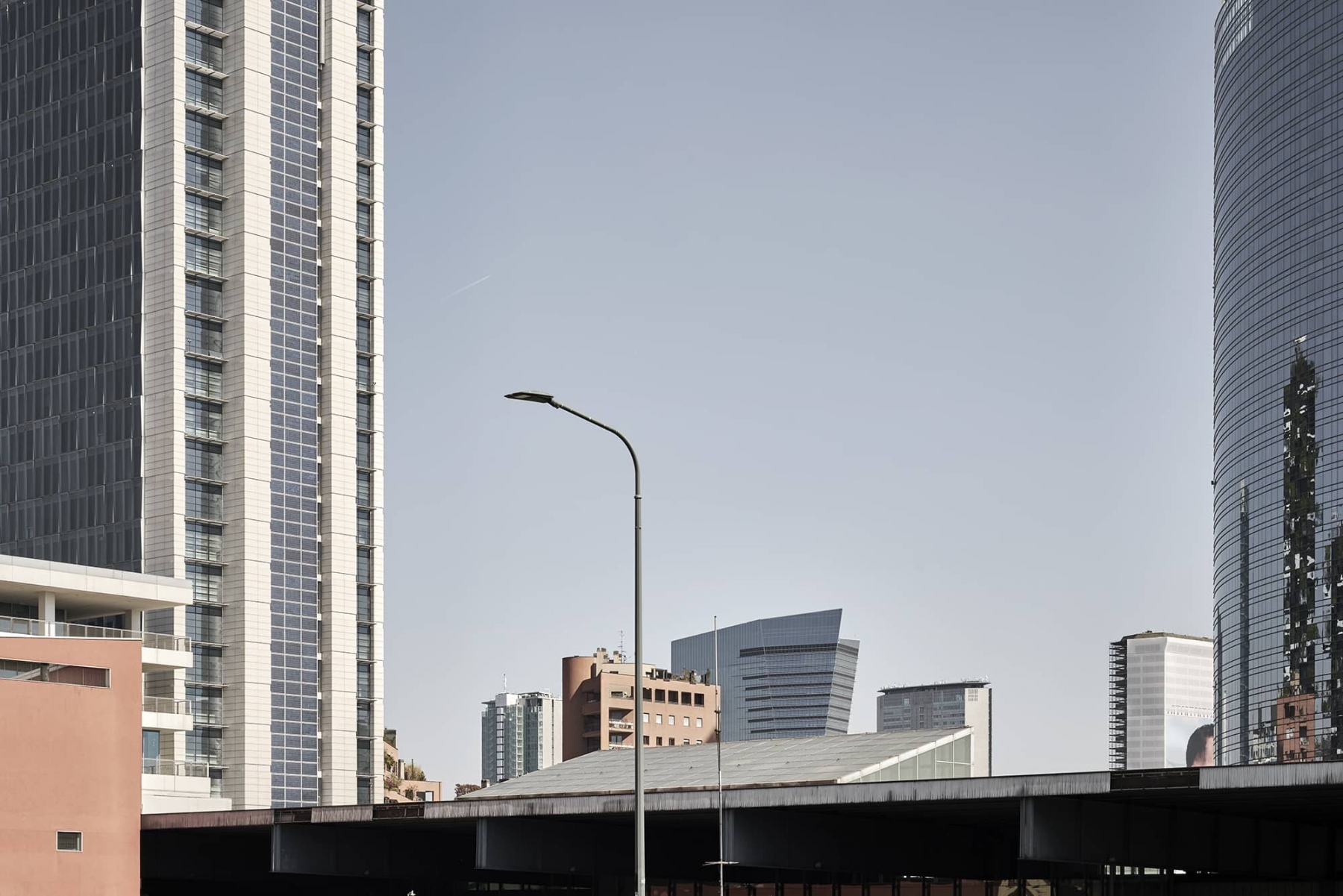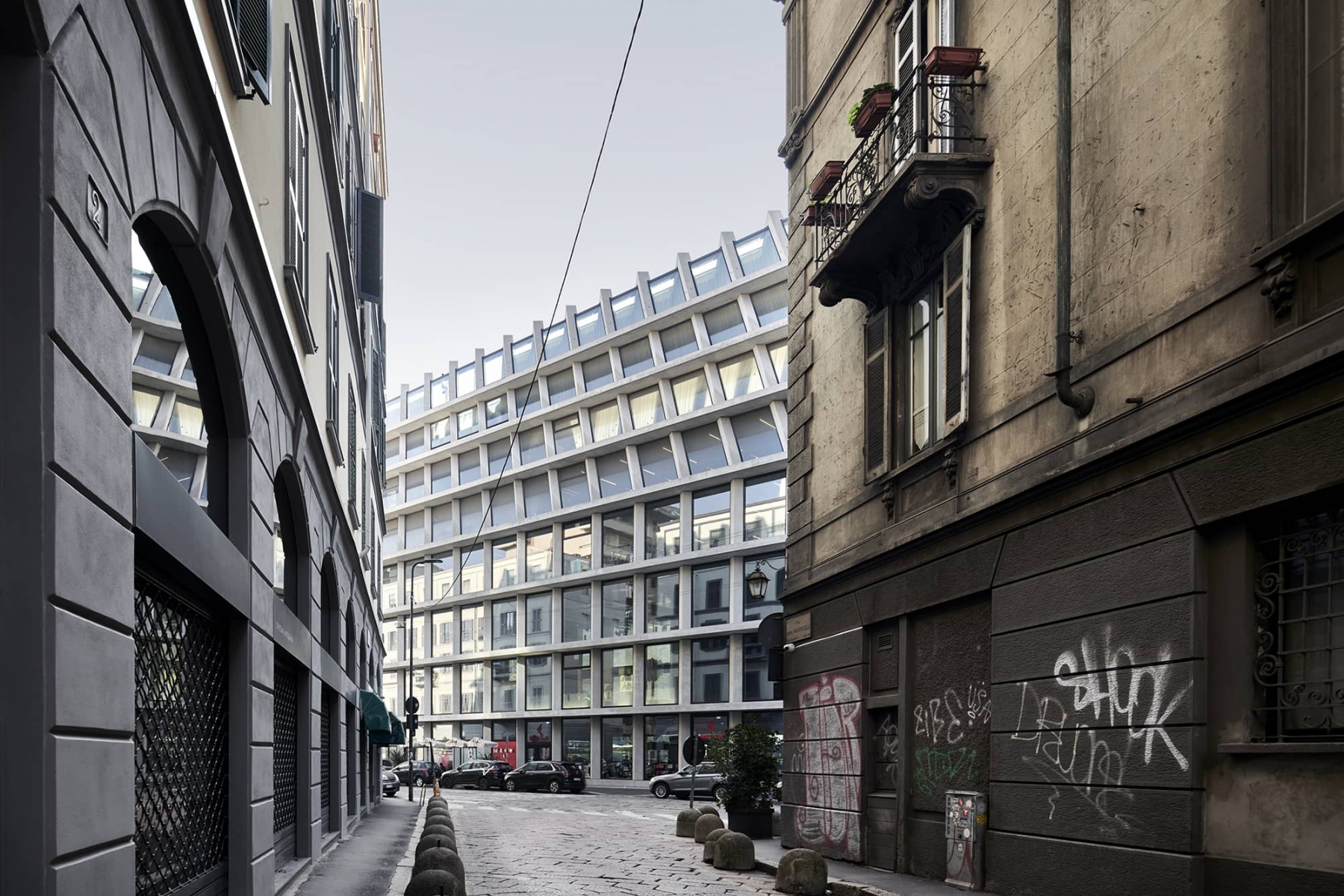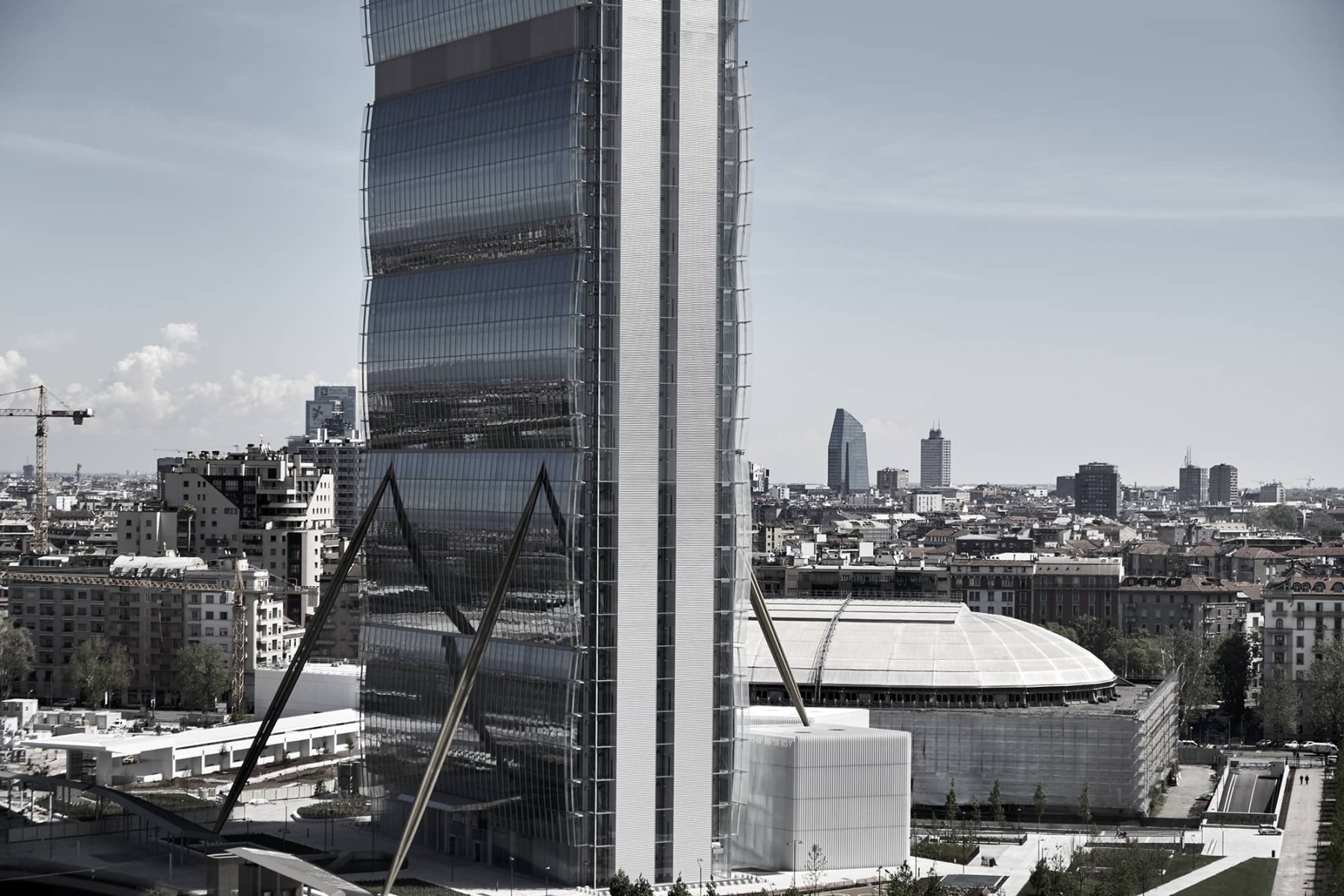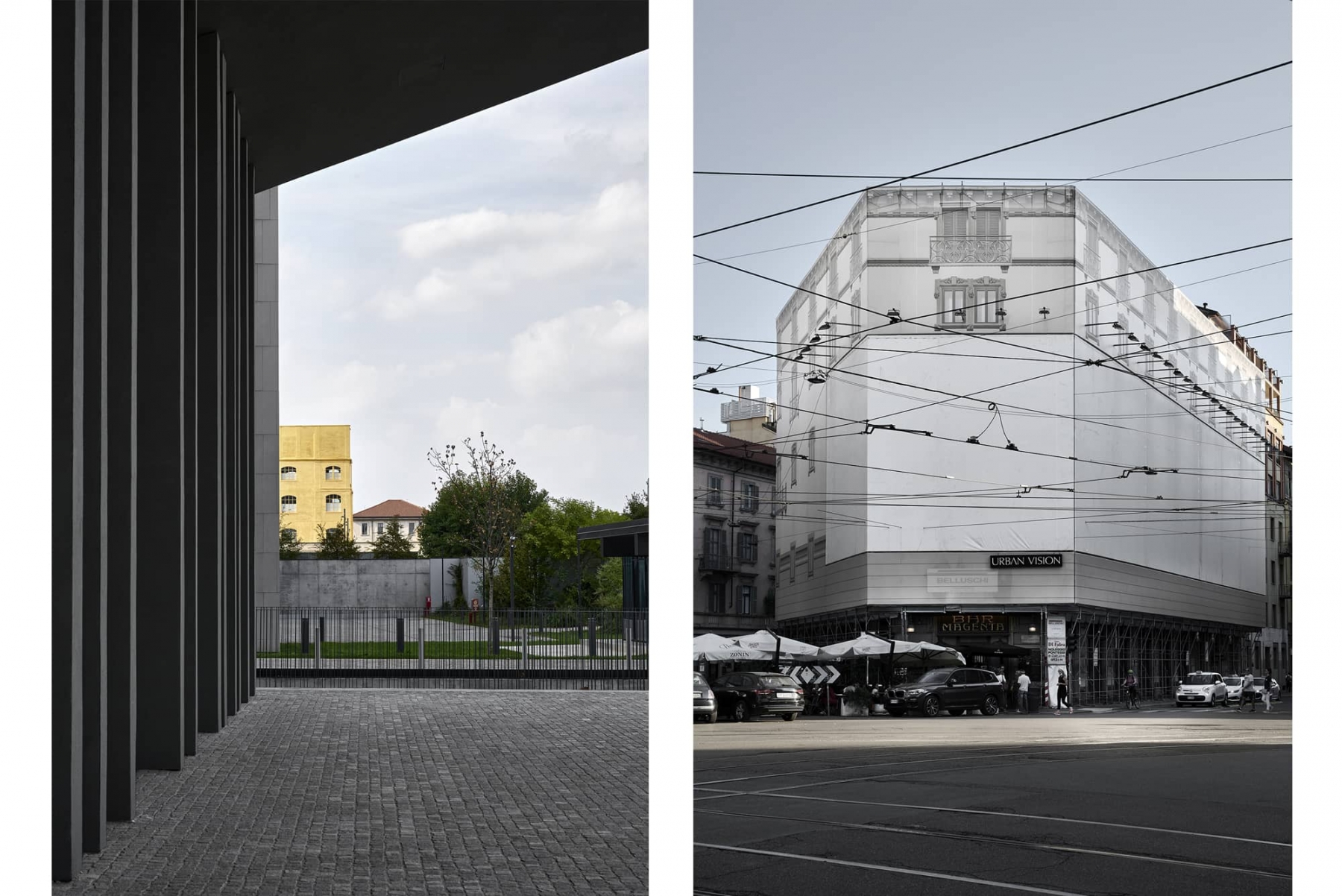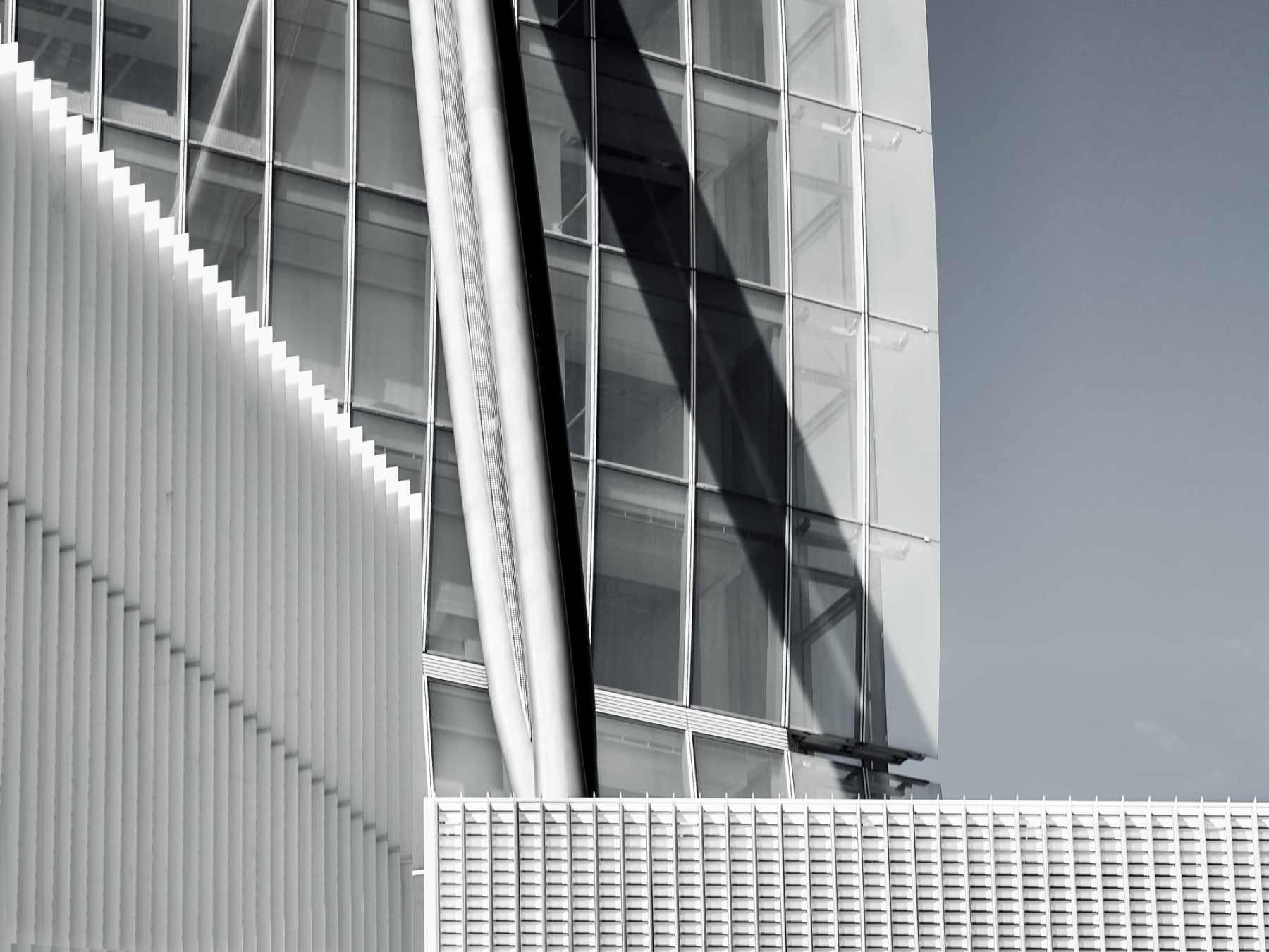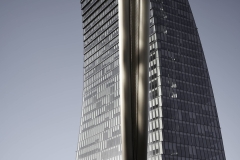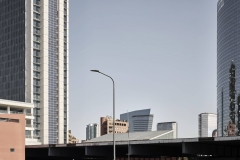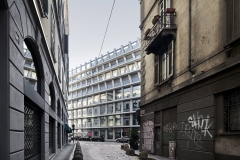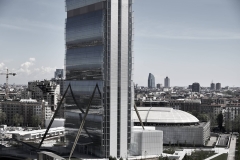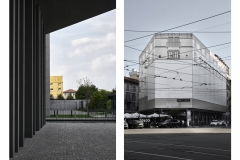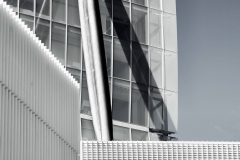24 Gen LA CITTÀ CHE SALE
Umberto Boccioni, artista icona del futurismo italiano, più di cento anni fa osservava Milano e vedendo il suo costante movimento, la sua ricerca di innovazione, il suo essere perennemente proiettata al futuro, dipinse un’opera simbolo del suo movimento artistico: La città che sale.
Dal 1910 è passato più di un secolo, eppure alcune cose non sono cambiate. Milano continua ad essere la città che sale, che si presta a letture sempre nuove.
I modi per guardare ad una città sono chiaramente infiniti. Come ci accade quando guardiamo a singole architetture e specifici progetti, così quando osserviamo un paesaggio urbano ricerchiamo e rivediamo particolari dettati da alcune linee guida. La prospettiva, la mutevolezza e l’interpretazione della luce, la lettura minimale dei soggetti, che si avvicina a una visione quasi grafica degli spazi, sono i nostri elementi per interpretare gli spazi, e in questo caso l’urbano, con occhi sempre nuovi.
Umberto Boccioni, an iconic artist of Italian Futurism, observed Milan more than a hundred years ago and seeing its constant movement, its quest for innovation, and its being perpetually projected into the future, painted a work symbolic of his art movement: La città che sale, The city rises.
More than a century has passed since 1910, yet some things have not changed. Milan continues to be the city that rises, lending itself to ever new readings.
The ways of looking at a city are clearly infinite. Just as we do when we look at individual architectures and specific projects, when we look at an urban landscape, we search for details driven by certain guidelines. Perspective, mutability and interpretation of light, minimal reading of subjects approaching an almost graphic vision of spaces: these are our elements to interpret spaces, and in this case the urban, with ever new eyes.


